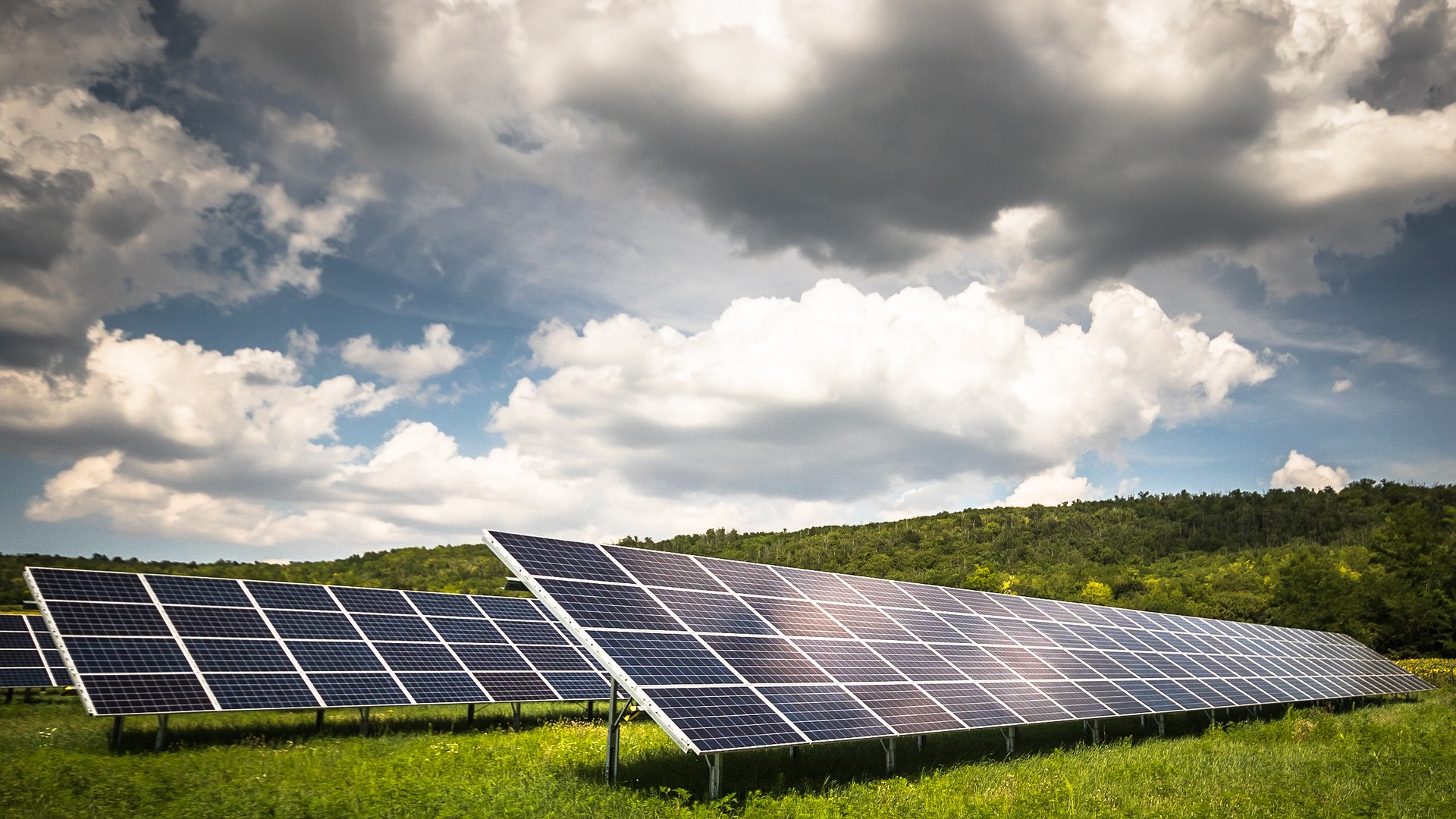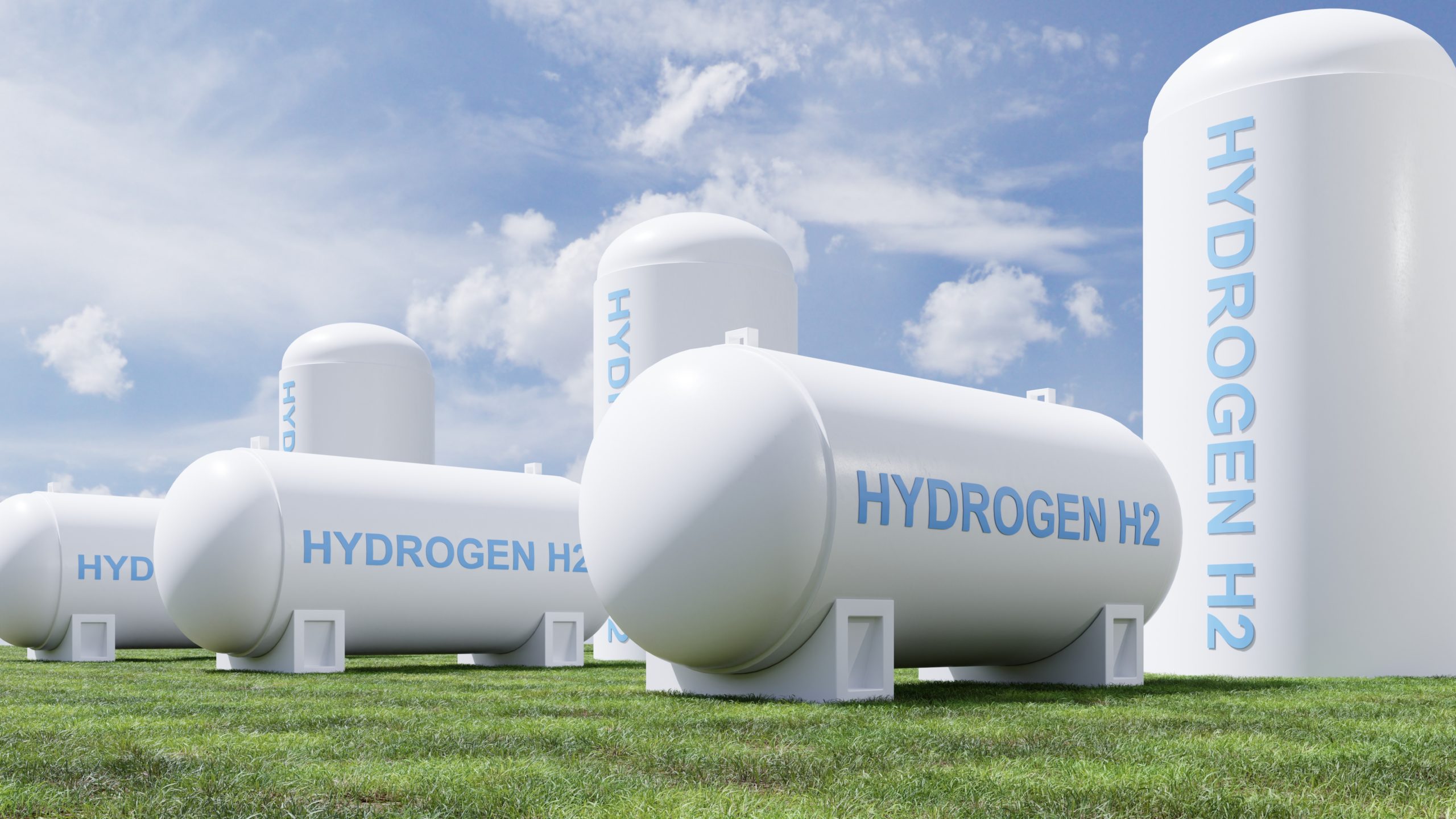Green Hydrogen- India’s emerging economy

“The thing that is going to help India with a quantum leap in terms of climate is the field of green hydrogen” – Prime Minister Narendra Modi
Green hydrogen, considered as one of the cleanest forms of energy in the world, could play a central role in helping the world reach net zero emission by 2050. Green hydrogen may be adopted as the ultimate solution to achieve net zero emissions across wide range of industrial applications, globally. Through the process of electrolysis, all that is needed to produce hydrogen is water, a big electrolyser and electricity. The electric current splits the water into its two components- hydrogen and oxygen. This means that there is no release of greenhouse emissions since oxygen is the only by-product from the process. Additionally, if the electricity used comes from renewable sources, it makes the process completely emission-free.
Key initiatives for laying the foundation and groundwork for green hydrogen push in India are as follows:
- Companies investing in green hydrogen: Reliance Industries Ltd (RIL), India’s biggest company by market capitalization, will invest 10.1 bln EUR in renewable energy businesses, a significant chunk of which will be earmarked for manufacturing electrolysers and hydrogen fuel cells.
- Boost to domestic manufacturing of electrolysers: In August 2022, US-based renewable energy start-up, Ohmium International unveiled its electrolyser manufacturing capacity in Karnataka, India with an initial capacity of 5 GW that can be subsequently ramped up to 2 GW. In October, RIL and Danish electrolyser manufacturer, Stiesdal, signed agreements to start local manufacturing in India.
- Steelmakers are looking at green hydrogen to replace coal and natural gas: JSW Group, one of India’s largest manufacturers of steel, through its subsidiary- JSW Energy, entered a framework agreement with Fortescue Future Industries to assess the opportunities where green hydrogen could be used to make steel, ammonia, and for other industrial purposes.
- Long-distance transportation: India’s largest commercial vehicle manufacturer, Tata Motors Ltd, joined hands with Indian Oil Corp Ltd to conduct a trial with 15 hydrogen fuel-cell-powered buses.
- India as an export hub: The Union Government plans to develop India as an export hub for green hydrogen, specifically for electrolysers. This is one of the prime targets of the National Hydrogen Mission. Recently, Mukesh Ambani, Chairman of RIL, estimated that renewable energy exports, including green hydrogen, from India could be as much as 503.3 bln EUR in the next two decades.
India's green hydrogen development roadmap
In line with India’s ambitious green commitments, Prime Minister Narendra Modi aims to transform India into an energy independent nation by 2047 where green hydrogen will play an active role as an alternate fuel to petroleum/ fossil-based products. Key focused steps to build India into a global-scale green hydrogen industry are
- Setting a national target for green hydrogen and electrolyser capacity
- Launching an incentive program to produce electrolysers
- Implementing complementary solutions that create virtuous cycles
- Optimize distribution networks
Latest
Surging Photovoltaics (PV) demand in Europe & Opportunities for European and Chinese Players

Green Hydrogen Technology Roadmap Europe – China as Competitor or Partner?

US Semiconductor Ban on China & Implications for International Companies in China

2022 Single’s Day in China – Record set with New Players Joining the Frenzy


